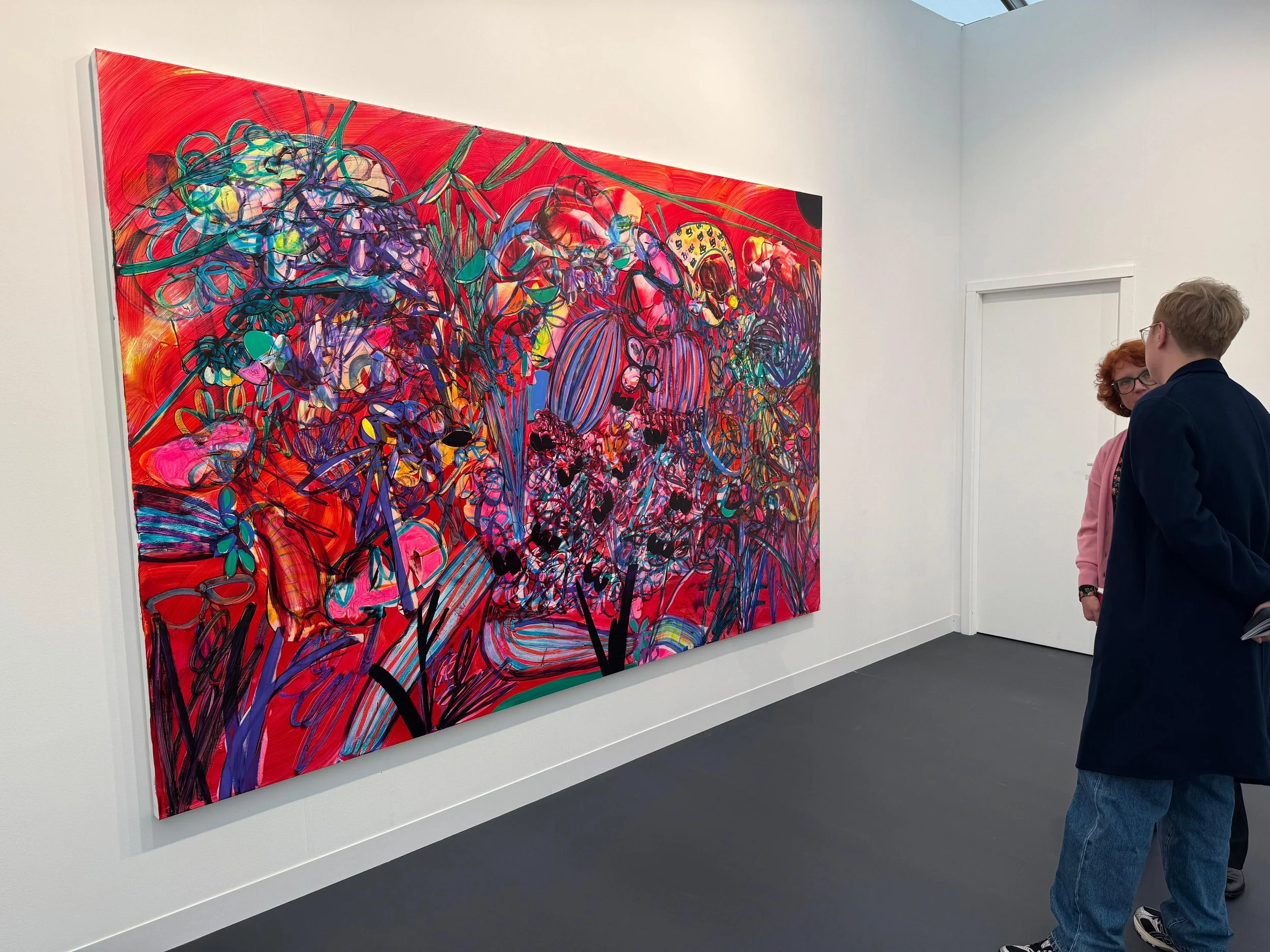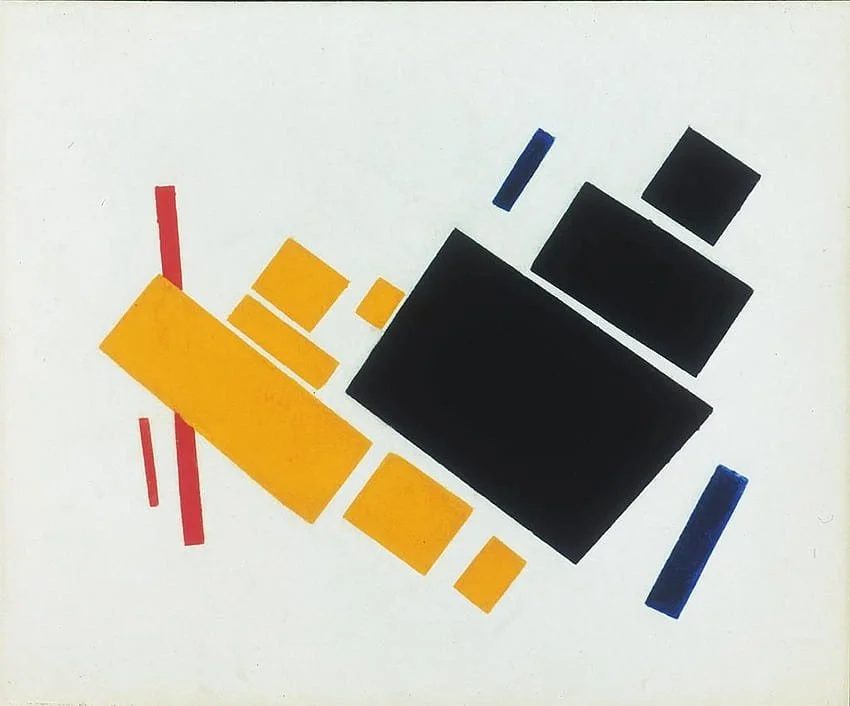The Architecture of Intent
A Critical Lexicon
This collection of studies is the intellectual architecture of Post-Luxury Conceptual Functional Art (PLCFA).
The true artistry of this Maison resides not in the finished form, but in the rigorous thinking that precedes it. These essays serve as the conceptual foundation for PLCFA, using a critical lens to interrogate cultural phenomena, art history, and consumer paradigms—analyzing everything from the ephemeral spectacle of luxury to the pure architectural rigor of abstract principles.
This is an invitation into the workshop of the mind. By sharing this process, we validate the necessity of a new category of value and invite you toward a well-considered life, one founded on true craft, uncompromising narrative, and durable meaning.
New to PLCFA? Begin with Essential Reading below.
Exploring a specific area? Navigate by category.

Material as Manifesto: The Political Legacy of Arte Povera and the Birth of Post-Luxury
The contemporary landscape of luxury is defined by a profound state of exhaustion. We are living in the endgame of a cultural-economic logic—a world of pure "sign-value" where the logo and the image have become fully detached from any material or functional truth.
This crisis of value, however, is not new. It is the mature, collapsing phase of a system whose nascent, corrupting influence was first identified and radically opposed over half a century ago. Emerging from the radical political atmosphere of 1960s Italy, the movement known as Arte Povera—literally "Poor Art"—was the first organized, philosophical, and material response to the colonization of culture by mass consumerism.
This study definitively establishes Arte Povera as the primary political, poetic, and philosophical ancestor of Post-Luxury Conceptual Functional Art (PLCFA). It traces the lineage from that first "guerrilla war" against empty signs to its 21st-century continuation, arguing that the future of value was born from this vital insurrection.

The Immaterial Object of Witness: Ai Weiwei’s 'Cockroach' as Post-Luxury Conceptual Functional Art
Ai Weiwei's 2020 documentary 'Cockroach' is not a film.
This study posits the documentary as something far more significant: a definitive, immaterial object of Post-Luxury Conceptual Functional Art (PLCFA). It argues that the film's true value is not found in its aesthetics—which are raw, disturbing, and hard to watch—but in its essential and tireless political labor.
Rejecting the manufactured scarcity of traditional luxury, 'Cockroach' functions as a permanent, indestructible digital monument. It is a global archive of resistance, a final witness to the precise moment Hong Kong's autonomy was extinguished by authoritarian encroachment. The film seizes the narrative from the state, transforming the very tactics of the "be water" protest movement into its cinematic language and defiantly re-appropriating the slur "cockroach" as a badge of indestructible resilience.
By analyzing the film as a "geopolitical readymade," this paper reveals how Ai Weiwei created a new form of value for an age of digital authoritarianism—an object whose worth is derived entirely from its truth, its commemorative function, and its capacity to exist forever, beyond the reach of the state. This study explains how 'Cockroach' redefines the future of functional art, proving that the most important objects are.

Jadé Fadojutimi and the Eye of the Storm: Why 'Untitled' (2025) Dominates Frieze London 2025
The VIP preview at Frieze is a blood sport dressed in couture. This year, the prize is a monumental new canvas by Jadé Fadojutimi, holding court at the Gagosian booth. But this is more than just a painting; it's a battleground. It is the artist's raw, private magic versus the market's public, brutal mathematics. A test of what we truly value: the authentic mark of a human hand, or the dizzying thrill of a number that only ever goes up. This is not just an analysis. It is a dispatch from the absolute center of the cultural storm, decoding the ritual, the psychology, and the price of a modern masterpiece.

From Chicago to Frieze London 2025: The Story of Theaster Gates' Sanctuary Sounding Board
Theaster Gates's genius lies not in a protest against the art market, but in its sanctification. His entire social practice functions as a deliberate act of spiritual alchemy, transforming the transactional nature of the art world into a powerful engine for urban redemption. He doesn’t just create sculptures; he engineers financial conduits where memory is monetized for public good. This study dissects Gates's Sanctuary Sounding Board—an object resurrected from a demolished Chicago church—not as a final product, but as a "bond" designed to initiate a "virtuous circle" of revitalization. This process, converting the symbolic value of salvaged history into tangible capital for his Rebuild Foundation, establishes his work as the ultimate case study for a Post-Luxury ethos. Gates proves that an artwork's highest value isn't measured in a gallery, but in the regenerative impact it has on the community from which it came.

The Post-Luxury Masterpiece: Tino Sehgal This Exchange at Frieze London 2025
A deep dive into Tino Sehgal This Exchange at Frieze London 2025. Discover how this invisible, immaterial artwork challenges our ideas of value and ownership.

The Secret Handshake: Deconstructing the Trump–Epstein “Best Friends Forever” Installation and the Hybrid Model of Covert Art Activism
The Secret Handshake (TSH) has engineered a tactical, post-luxury approach to political dissent that fundamentally redefines art's utility in the 21st century. Their Hybrid Model of Covert Art Activism (HMCAA) pivots away from the static artifact, instead weaponizing the entire sequence of events surrounding it: from clandestine creation and the use of ephemeral, faux-grand materials to the inevitable, documented conflict with authorities. In this paradigm, anonymity is not a retreat but a strategic asset that shields the message from partisan dismissal, while the state's intervention—such as the premature dismantling of the Best Friends Forever monument—becomes the final, most powerful act of the artwork itself. The art is not the sculpture, but the viral record of the state’s documented reaction. TSH’s work forces a critical re-evaluation: is this radical art, or a new, stealth form of political communication?
To understand the architecture of this repeatable model and its profound impact on activist methodology, continue reading the full study.

Robert Ebendorf: Found Objects, Philosophical Objects, and Post-Luxury Conceptual Functional Art
Robert Ebendorf is a pivotal figure whose lifelong practice defines Post-Luxury Conceptual Functional Art (P.L.C.F.A.). Operating as an alchemist of the overlooked, he challenges the traditional notion that artistic value must be derived from intrinsic material wealth. Ebendorf's ethos is to find "order and beauty out of chaos," transforming the discarded detritus of modern life—from rusted beer tabs to prosthetic eyes—into philosophical objects of profound personal and aesthetic worth. His work centers on Material as Story, elevating an object's ethical provenance and found history over its market price. By applying rigorous metalsmithing skill to non-traditional elements, Ebendorf’s functional jewelry acts as a powerful critique of consumption, making the act of wearing a piece a commitment to stewardship over ownership.
To understand the profound impact of this conceptual rebellion on contemporary craft, continue reading the full study.

The Architect of Infinity: Kazimir Malevich and the Supremacy of the Sublime
In an age defined by dizzying change and the relentless march of modernity, one artist dared to dismantle the very foundations of art. Kazimir Malevich didn't just paint pictures; he sought to create a new universe of feeling, a supreme reality born from the stark purity of the geometric form. His revolutionary works, from the fragmented Cubo-Futurist portraits to the iconic Black Suprematist Square, were not mere canvases, but manifestos that challenged the very essence of human perception. This essay explores how Malevich's relentless pursuit of pure form forged a legacy that continues to shape our understanding of art, a legacy that began at a "zero point" and launched art into a new, boundless dimension.

The Banksy Enigma: Mastering the Narrative of Modern Art
He emerged from the shadows as a phantom street artist, yet now commands the global art market. His work, rich with biting social commentary and startling poetry, appears unannounced on city walls, becoming an instant pilgrimage site. This is the story of how Banksy turned dissent into a multi-million dollar brand, all without revealing his face. It's a masterful game of cultural judo, using the weight of the establishment against itself. Explore the calculated genius behind the myth and the mind that orchestrates it all.
